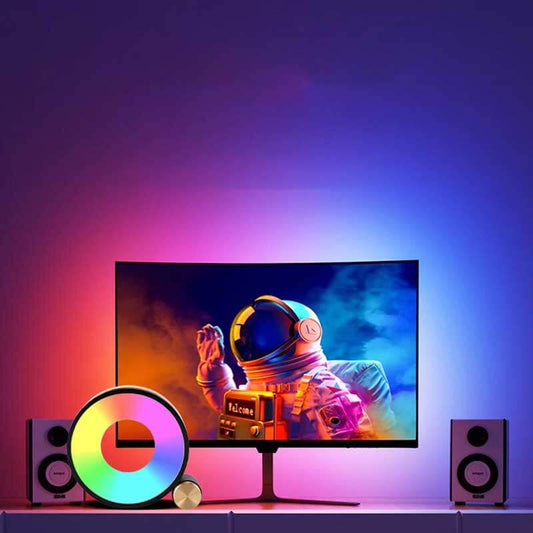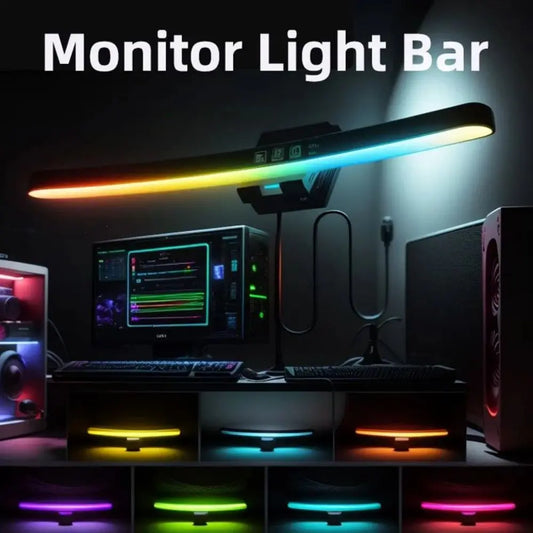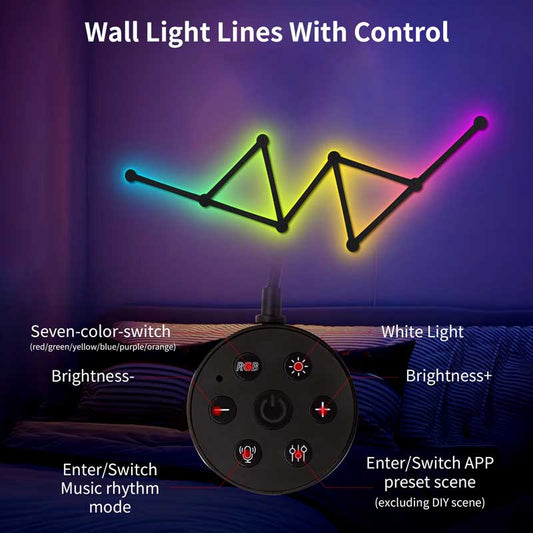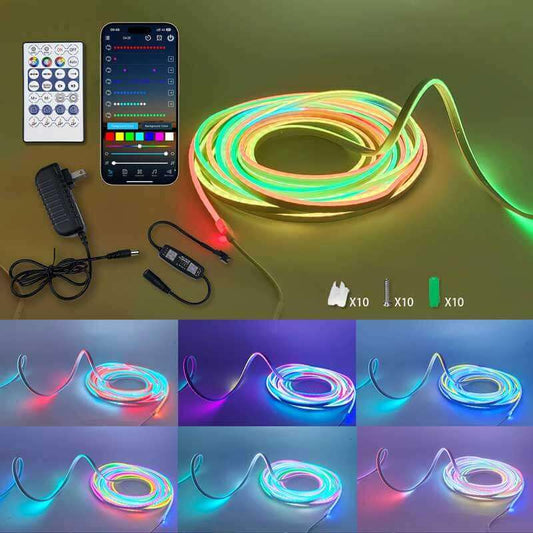How to project mobile screen on wall without projector app?
Share
To project your mobile screen onto a wall without using a projector app, you'll need to rely on external hardware and techniques. Since phones don't have built-in projectors, here are a few ways to achieve a projection-like effect using simple devices or setups:
1. Use a Phone with a Built-In Projector
Some older smartphones came with built-in projectors (e.g., Samsung Galaxy Beam). If you have such a phone, you can directly project your screen onto a wall without needing an app. However, these models are rare, and newer phones don't have this capability.
2. DIY Smartphone Projector (Using a Magnifying Glass)
If you don't have access to a projector, you can create a DIY smartphone projector using simple materials. This method is more for fun and won't provide the same quality as an actual projector, but it can be a fun and educational project. Here's how you can do it:
Materials Needed:
- A shoe box or any box with a lid
- A magnifying glass (lens)
- Your smartphone
- Black tape or scissors to adjust the lens hole
Steps to Make a DIY Projector:
-
Prepare the Box:
- Cut a hole in the lid of the shoe box, sized to fit the magnifying glass lens.
-
Install the Lens:
- Place the magnifying glass over the hole and secure it in place using tape.
-
Phone Placement:
- Place your smartphone inside the box, facing the lens.
- Adjust the position of your phone inside the box so that the screen is focused through the lens.
-
Adjust the Image:
- To focus the image, you’ll need to adjust the distance between the phone and the magnifying lens.
- Make sure the image is clear and projected onto the wall.
-
Projecting the Image:
- Close the box, leaving just enough room to view the phone’s screen.
- Shine the projected image on the wall by adjusting the box’s angle and position.
Result:
- This will project your phone’s screen onto the wall, but it’s more of a makeshift method. The image quality will depend on factors like the size of the lens and the clarity of your phone’s screen.
3. Connect Your Phone to a TV or Monitor and Use TV as a Projector
You can easily use your TV or external monitor as a large screen display by connecting your phone through HDMI, wireless casting, or Miracast.
Method 1: HDMI Cable (Wired)
- Use a USB-C to HDMI cable (for Android phones) or Lightning to HDMI adapter (for iPhones).
- Connect the cable from your phone to the TV’s HDMI port.
- Switch your TV input to the HDMI channel, and your phone’s screen will be mirrored on the TV.
- If the TV is in a dark room and the wall is light-colored, it may give a similar effect to projection.
Method 2: Wireless Casting (For Smart TVs)
- Android: Use Google Cast or Miracast (if the TV supports these features).
- iPhone: Use AirPlay with a compatible TV or a device like Apple TV.
- Once connected wirelessly, you can mirror your phone’s screen on the TV, and depending on the setup, it can appear to be projected onto the wall.
4. Use a Smart Projector or Mini Projector (External Hardware)
For a true mobile projection experience, you can purchase a mini projector or smart projector that supports mobile device connections. Many of these projectors can connect wirelessly via Wi-Fi or Bluetooth or use an HDMI cable to mirror the screen.
Steps for Using a Mini Projector:
- Connect your phone to the projector via the appropriate method (Wi-Fi, Bluetooth, or HDMI).
- Set up the projector and point it at a wall or screen.
- Your phone screen will be projected, and you can interact with the content just like on a regular screen.
Conclusion:
While you can't directly project your phone screen onto a wall without a true projector and without using apps, you can try methods like creating a DIY projector using basic materials, connecting your phone to a TV, or using mini projectors for an authentic projection experience. Each method offers different results, and the quality of the projection will vary based on the equipment and setup.




